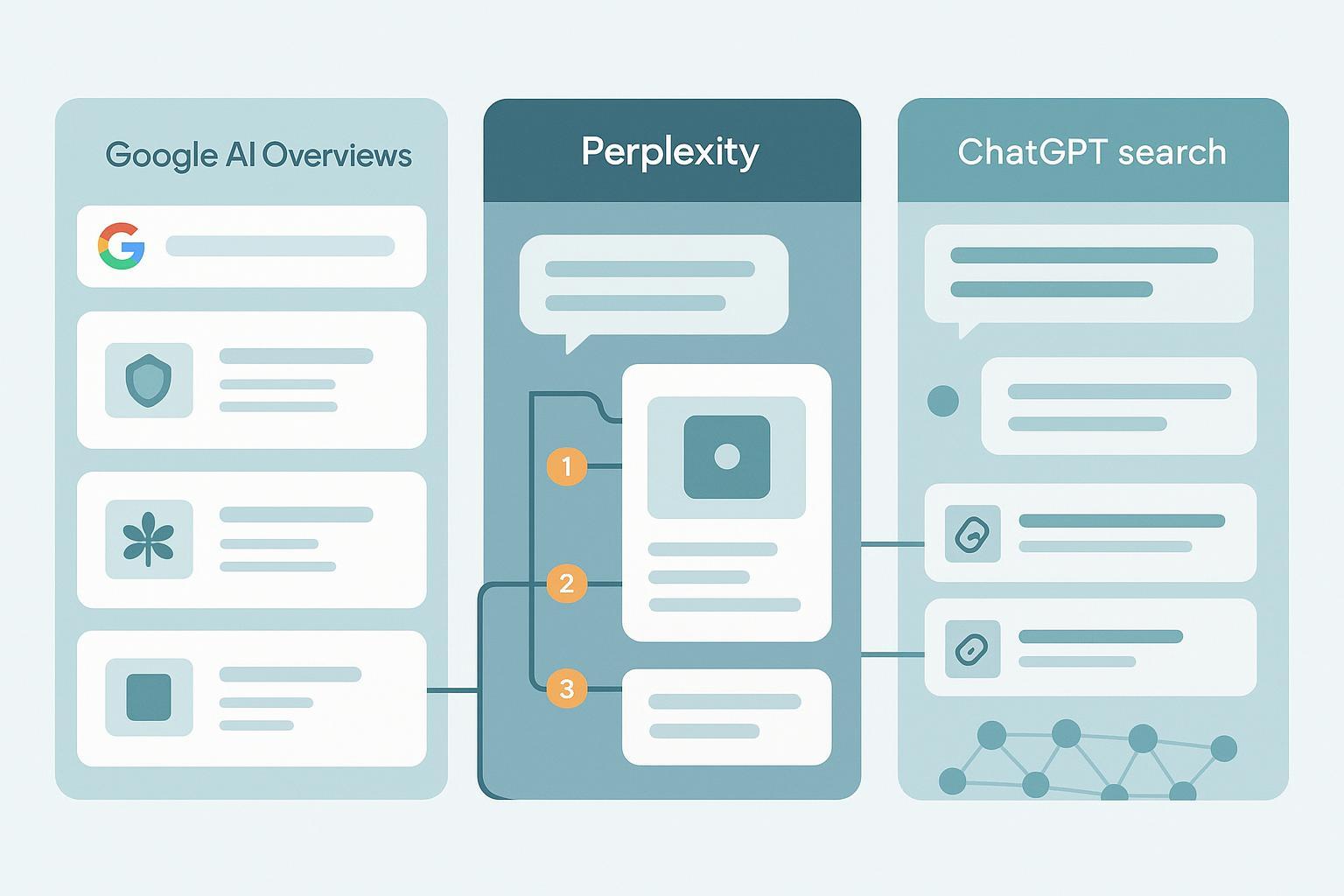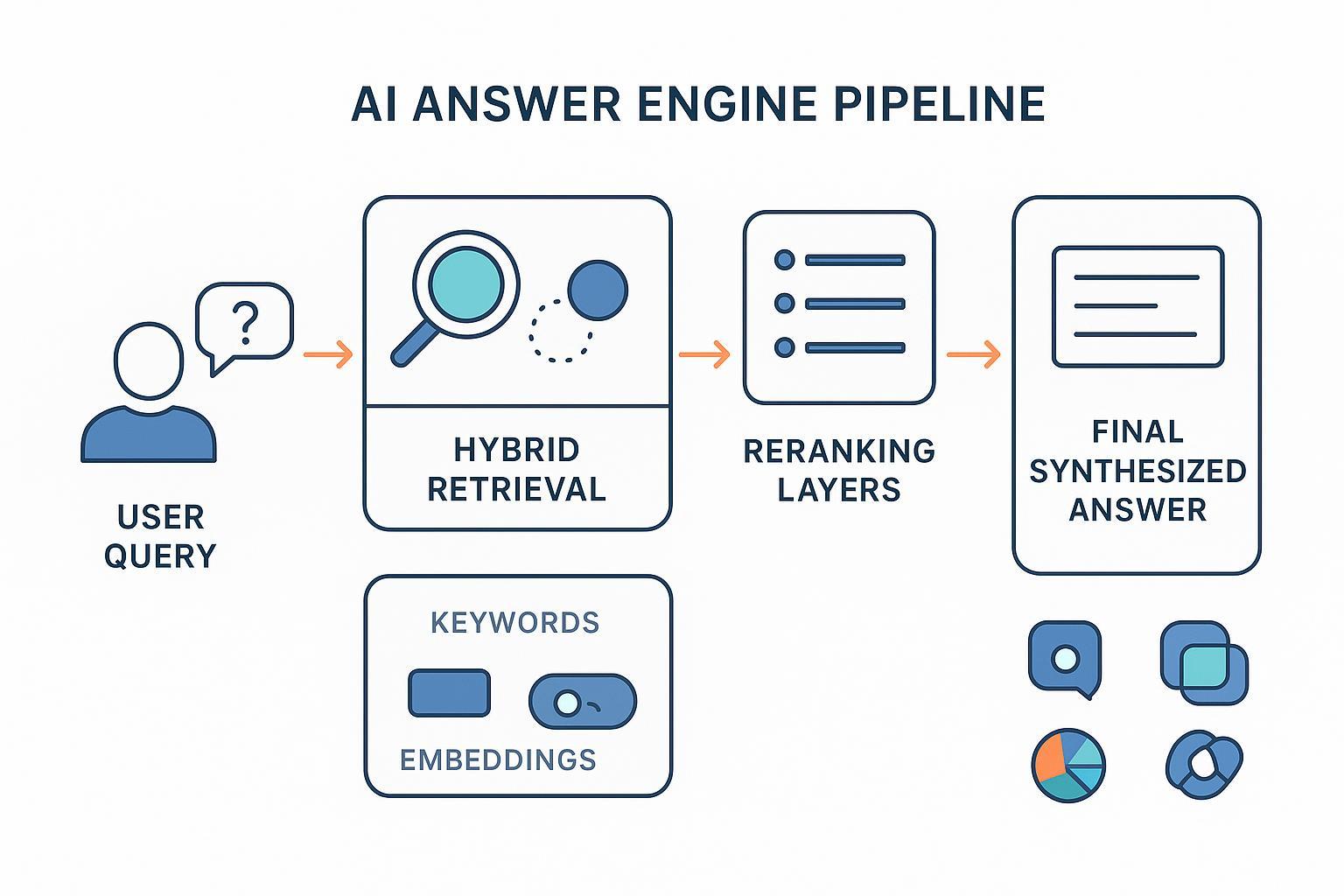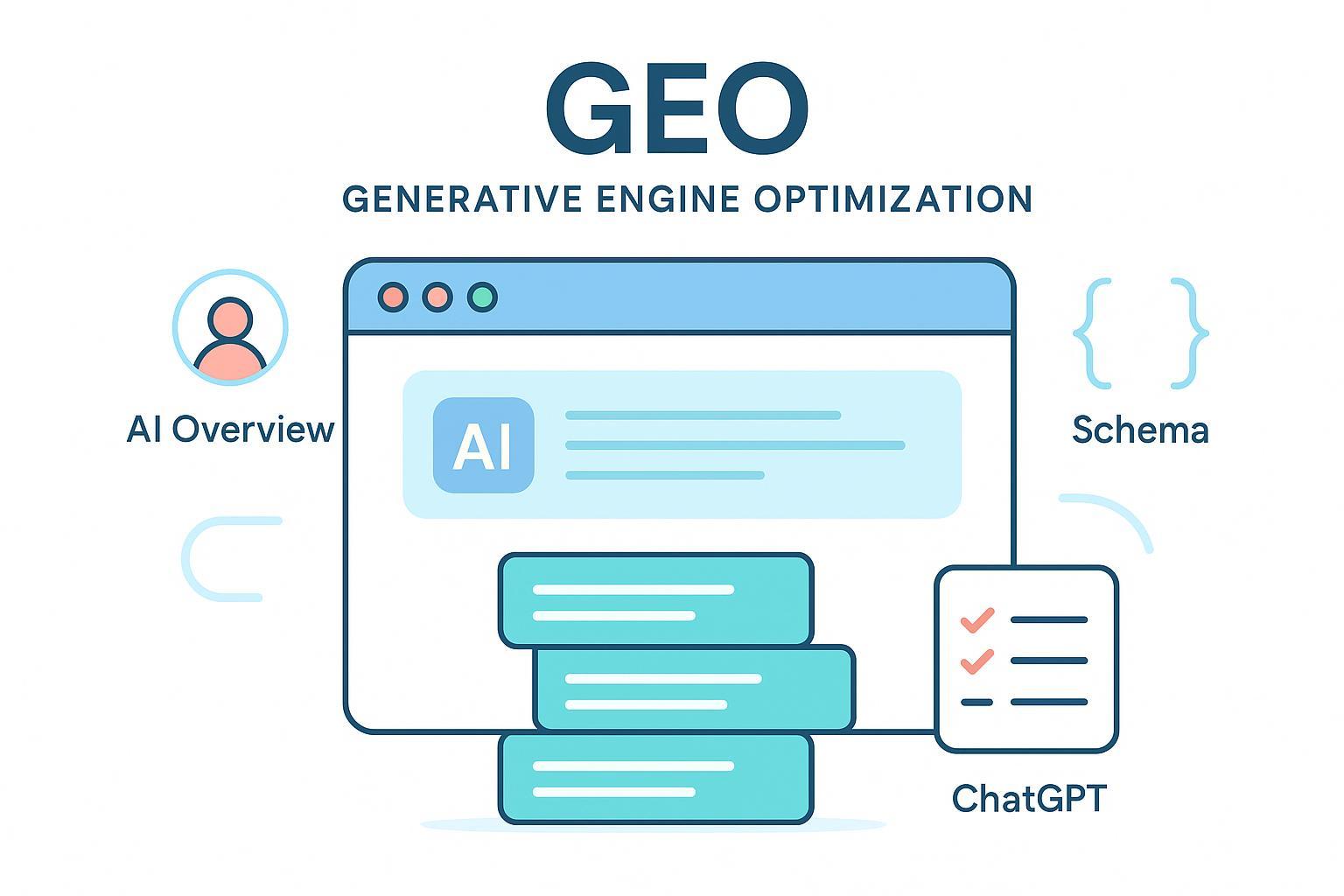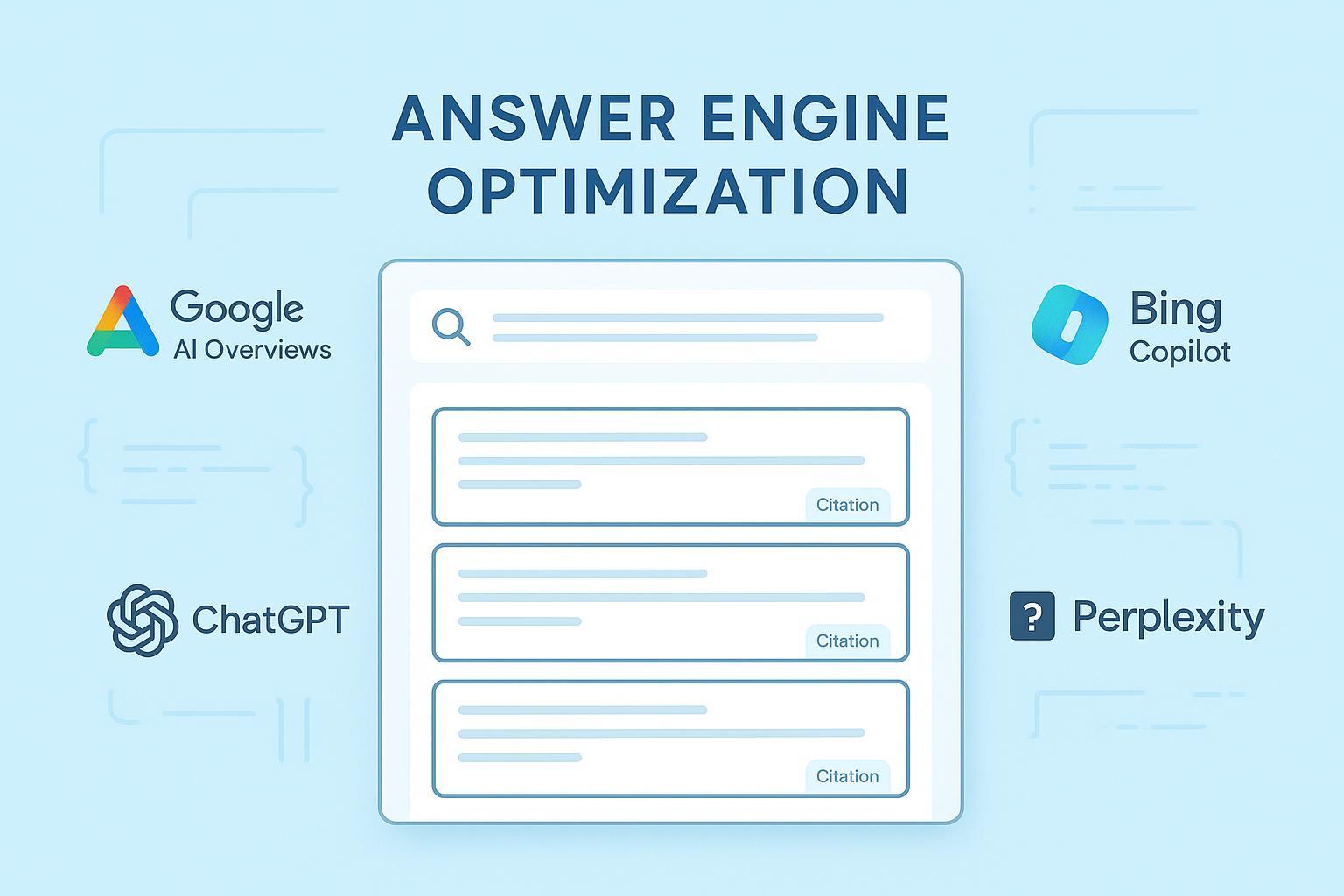How to leverage Google Gemini’s instant summarization for better content discoverability
Learn practical steps to optimize your content for Google Gemini’s instant summarization and boost discoverability in AI Overviews.

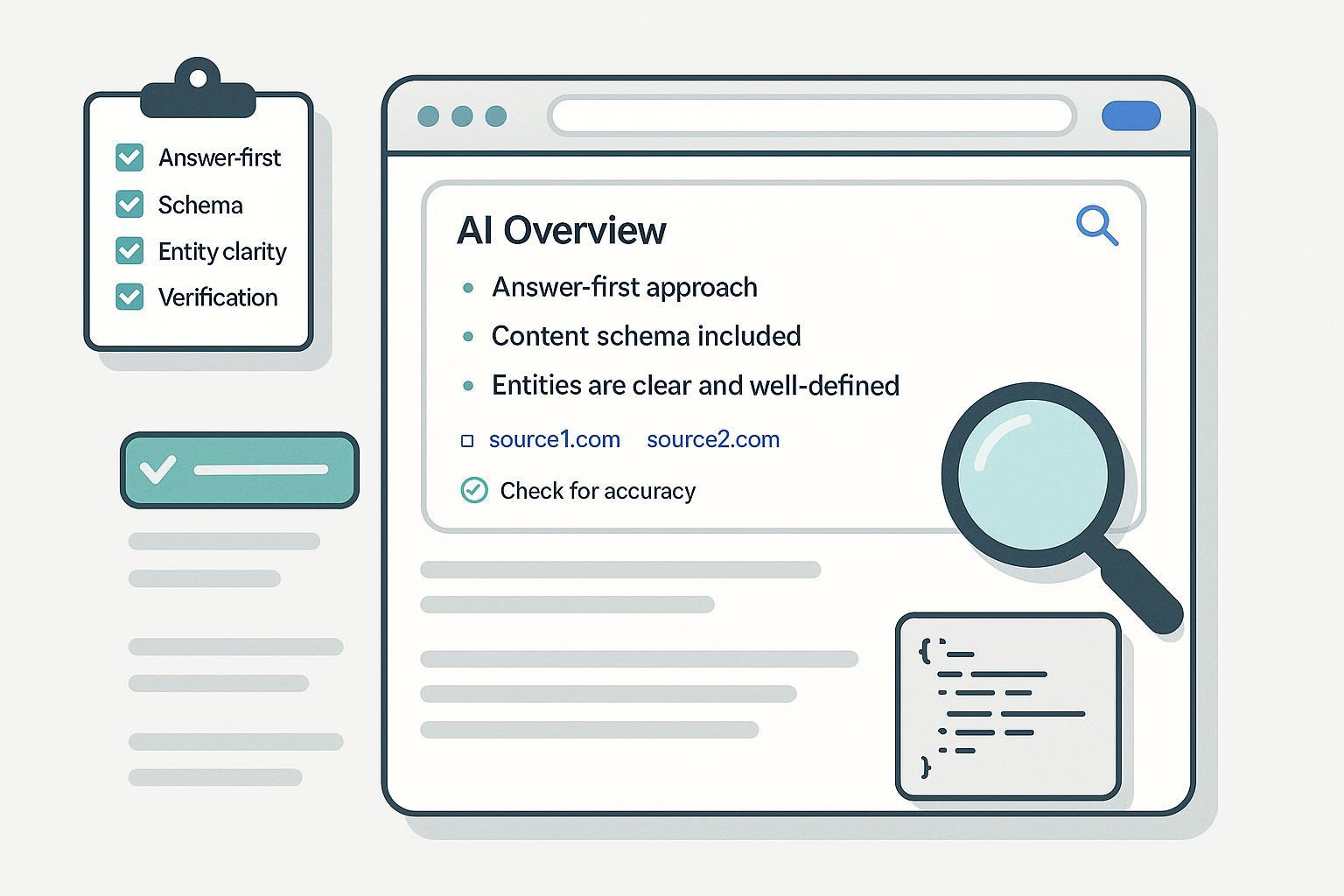
Instant summarization in Google’s ecosystem condenses answers fast, then offers links so users can verify and dive deeper. In 2025, this shows up as AI Overviews and AI Mode in Search, Gemini-powered page summaries in Chrome, and AI Summary in Google Docs. Your goal: structure and substantiate content so Gemini can confidently summarize it and cite your page—without sacrificing human readability.
What you’ll achieve with this guide
- Structure “answer-first” content blocks that are easily quotable.
- Add the right structured data and entity signals so your pages are clear, verifiable sources.
- Verify eligibility using repeatable checks and tools.
- Monitor whether your pages are cited in AI Overviews and iterate with evidence.
Prerequisites
- Access to your CMS and the ability to add/edit headings, lists, tables, and alt text.
- Ability to implement or validate JSON-LD structured data.
- Access to Google Search Console.
- Willingness to run manual spot-checks in AI Overviews/AI Mode.
Important context
- Google emphasizes helpful, people-first content, and states that AI features surface relevant links without guaranteeing inclusion. See the 2025 guidance in the Search Central “AI features and your website” page and the Google Search blog AI Mode update (2025).
- AI Mode traffic is counted within “Web” totals in Search Console; there is no dedicated filter for AI Overviews/AI Mode as of 2025. This change is noted in the Google Developers search documentation updates (2025) and covered by Search Engine Journal on AI Mode traffic in Search Console (2025).
- Beyond Search, Gemini supports summarization in Chrome and Workspace—see Google Gemini app updates at I/O 2025 and the Google Workspace Updates: AI Summary building block (2025).
Step 1: Lead with answer-first sections that Gemini can quote
Do this
- Start each major section with a direct, 1–3 sentence answer—plain language, no fluff.
- Use question-led H2/H3s that mirror natural queries (“How do I…?”, “What is…?”, “Which is better…?”).
- Support answers with bullets or tables to convey steps, comparisons, or specs.
- Include compact “evidence boxes” containing the key facts, dates, and links to authoritative sources.
Why it works
- Gemini synthesizes concise, unambiguous statements. Answer-first blocks reduce ambiguity and make your content directly quotable.
- Lists and tables aid parsing and reduce the chance of misreading context.
Mini example (answer-first pattern)
- H2: What is an AI Overview?
- Answer: An AI Overview is a Gemini-generated summary in Google Search that highlights key points and provides links to verify and explore related information.
- Evidence box: Link the definition to Google’s documentation or blog update, including the year and publisher.
Checkpoint
- Can someone get the core answer in under 10 seconds?
- Are claims backed by links to primary sources?
Step 2: Add and validate structured data for clarity and eligibility
Do this
- Mark up pages with relevant schemas: Article (blogs), FAQPage (Q&A), HowTo (procedures), Product (offers/specs), Organization and Person (identity and authorship).
- Include detailed author information and link to an author bio page.
- Validate using Google’s Rich Results Test and fix errors before publishing.
Why it works
- Structured data improves machine readability. It does not guarantee inclusion, but it clarifies intent, identity, and content type.
Reference
- Follow the principles in the Search Central structured data intro (2025) when implementing JSON-LD.
Minimal JSON-LD snippet (Article with author identity)
{
"@context": "https://schema.org",
"@type": "Article",
"headline": "How to optimize for Gemini instant summarization",
"datePublished": "2025-10-01",
"dateModified": "2025-10-01",
"author": {
"@type": "Person",
"name": "Your Author Name",
"url": "https://www.example.com/authors/your-author-name",
"sameAs": ["https://www.linkedin.com/in/your-author-profile/"]
},
"publisher": {
"@type": "Organization",
"name": "Your Company",
"url": "https://www.example.com",
"logo": {
"@type": "ImageObject",
"url": "https://www.example.com/assets/logo.png"
},
"sameAs": [
"https://www.wikidata.org/wiki/Q42",
"https://en.wikipedia.org/wiki/Your_Company"
]
}
}
Checkpoint
- Run Rich Results Test: no critical errors; intended types detected.
- Author and publisher entities resolve correctly; bio and organization pages exist and are consistent.
Step 3: Strengthen entity clarity and attribution signals
Do this
- Use one canonical page per entity (Organization, Product, Author). Keep names consistent across site and profiles.
- Add sameAs links to authoritative profiles (e.g., LinkedIn, Wikidata). Use clear, consistent naming and URLs.
- Internally link the first mention of key entities to their canonical page to reduce ambiguity.
Why it works
- Clear entity definitions help Gemini attribute statements and citations to the right source.
Evidence and references
- The importance of identity and authorship clarity is reinforced in Google’s Article structured data guidance within the Search Central structured data intro.
Checkpoint
- Search your brand and author names—do results and knowledge panels reflect up-to-date info?
- Do sameAs links lead to authoritative, matching profiles?
Step 4: Improve page parsability and user experience
Do this
- Use clean, descriptive headings; one topic per section.
- Add descriptive alt text for images (what the image represents, not just “image”).
- Label table headers clearly; avoid merged cells.
- Ensure canonical tags point to the preferred URL; resolve duplicate/near-duplicate content.
Why it works
- Parsable layouts and explicit labels help summary models extract the right context.
Quick QA checklist
- Headings form a logical outline (H1 > H2 > H3).
- Alt text describes context and key information.
- Tables have header rows and consistent units.
- Canonicals are consistent across variants.
Step 5: Build “evidence boxes” with authoritative citations
Do this
- For every claim that could be summarized, include a short evidence box: statement, date/conditions, and a link to a primary source.
- Prefer original documentation or data pages over republished blogs.
- Add the year and publisher near the claim in prose for clarity.
Why it works
- Citations reduce ambiguity and help Gemini present verifiable, trustworthy summaries.
Examples of authoritative anchors to use
- When referencing AI Mode behavior and goals, link to the Google Search blog AI Mode update (2025).
- For site-owner guidance on AI features, cite the Search Central “AI features and your website” page.
Checkpoint
- Each major claim has a source; numbers and definitions have dates and publishers visible in text.
Step 6: Freshness and maintenance (AI Search Review cadence)
Do this
- Monthly: spot-check target queries in AI Overviews/AI Mode; capture screenshots and session notes.
- Quarterly: audit content facts, dates, structured data, and visuals; update outdated examples.
- Ongoing: maintain a change log tied to observed AI Overview behavior and click-through trends.
Why it works
- AI experiences evolve quickly; regular updates keep your answers accurate, current, and more likely to be cited.
Also note
- Chrome and Workspace capabilities continue to evolve; expect user behavior to shift with new features (see Google Gemini app updates at I/O 2025 and the Google Workspace Updates: AI Summary building block (2025)).
Measurement and monitoring: verify whether your pages are cited
Manual audit workflow
- Define a query set (50–100 queries) representing your topics and intents.
- In an incognito window, signed out, check AI Overviews/AI Mode for each query.
- Log presence (Overview shown?), citation (your brand/page shown?), and whether a link appears and is visible.
- Capture a screenshot and note the date, query, and any follow-up interactions.
Search Console signals to watch
- Page-level impressions and CTR for queries where you observe AI Overview presence.
- Directional changes after updates. Remember: AI Mode is included in Web totals; there’s no dedicated filter as of 2025, per Google Developers: Search documentation updates (2025) and Search Engine Journal’s coverage of AI Mode traffic (2025).
Optional UI note
- Desktop experiments have shown “sticky citations” where an initial citation remains visible as you scroll. Treat this as experimental UI rather than guaranteed behavior, as noted by SERoundtable on sticky citations (2025).
Tools you can use (neutral examples)
Example: Monitoring AI Overview visibility
- You can use Geneo to log whether your brand or pages appear in AI Overviews across major engines and to review sentiment/accuracy over time. Disclosure: Geneo is our product.
- Workflow suggestion: Add your brand and target pages, set up a routine query list, and track inclusion/citation frequency and changes after content updates. Combine this with your manual spot-check log and Search Console deltas for a fuller picture.
Troubleshooting: fix three common failure modes
- Your content is quoted but not linked (or the link is buried)
- Improve attribution signals: include explicit author info and Organization/Person schema with sameAs links; ensure canonical URLs are consistent.
- Make answer blocks uniquely phrased and supported by proprietary data or original visuals to distinguish your source.
- Reduce ambiguity: clarify scope, date, and conditions directly in the answer block.
- Your page never appears in AI Overviews
- Narrow the intent: target specific questions where you have topical authority; build topic clusters with interlinked articles.
- Strengthen technical health: confirm indexability (200 status, no accidental blocking), structured data coverage, and clean headings.
- Earn credible mentions/links from authoritative sites to bolster trust.
- The summary is inaccurate or conflates sources
- Rewrite answer blocks for precision; add explicit definitions, constraints, and dated facts.
- Include authoritative citations next to key statements; verify against official docs.
- Update the page and re-audit after 1–2 weeks; keep a change log tied to observed behavior.
Advanced patterns to encourage accurate summarization
Answer-block engineering
- Place a direct answer immediately under the question-led heading.
- Follow with 3–5 bullets elaborating key points and constraints.
- Add an evidence box with one authoritative, dated citation.
Comparison tables
- For “X vs. Y” queries, use a table with clear headers (Feature, Use case, Trade-offs). Keep row entries concise and factual.
- Avoid ambiguous phrasing; prefer specific numbers, dates, and conditions with citations.
- Include definitions for domain terms and link them to authoritative sources.
Governance tip
- If you’re developing an AI-first content program, consider adopting a GEO approach to align content for answer engines and AI summaries; here’s a primer on Generative Engine Optimization (GEO).
Next steps
- Put this into practice on a single high-impact page first; measure for four weeks, then scale to a cluster.
- Maintain your AI Search Review cadence and keep evidence boxes current.
- For ongoing monitoring across AI engines, you can use Geneo as part of your workflow to review visibility and sentiment alongside Search Console and manual audits.
- Continue learning with curated resources and updates via our blog hub for AI search and GEO topics.
Source notes and further reading
- Official site-owner guidance: Google’s Search Central “AI features and your website” (2025).
- AI Mode and evolving UX in Search: Google Search blog AI Mode update (2025).
- Structured data fundamentals: Search Central structured data intro (2025).
- Gemini and summarization beyond Search: Google Gemini app updates at I/O 2025 and Google Workspace Updates: AI Summary building block (2025).
- Measurement nuance: Google Developers: Search documentation updates (2025) and Search Engine Journal coverage of AI Mode traffic (2025).
- Practical tactics overview: Search Engine Land on using Gemini for SEO (2025).


